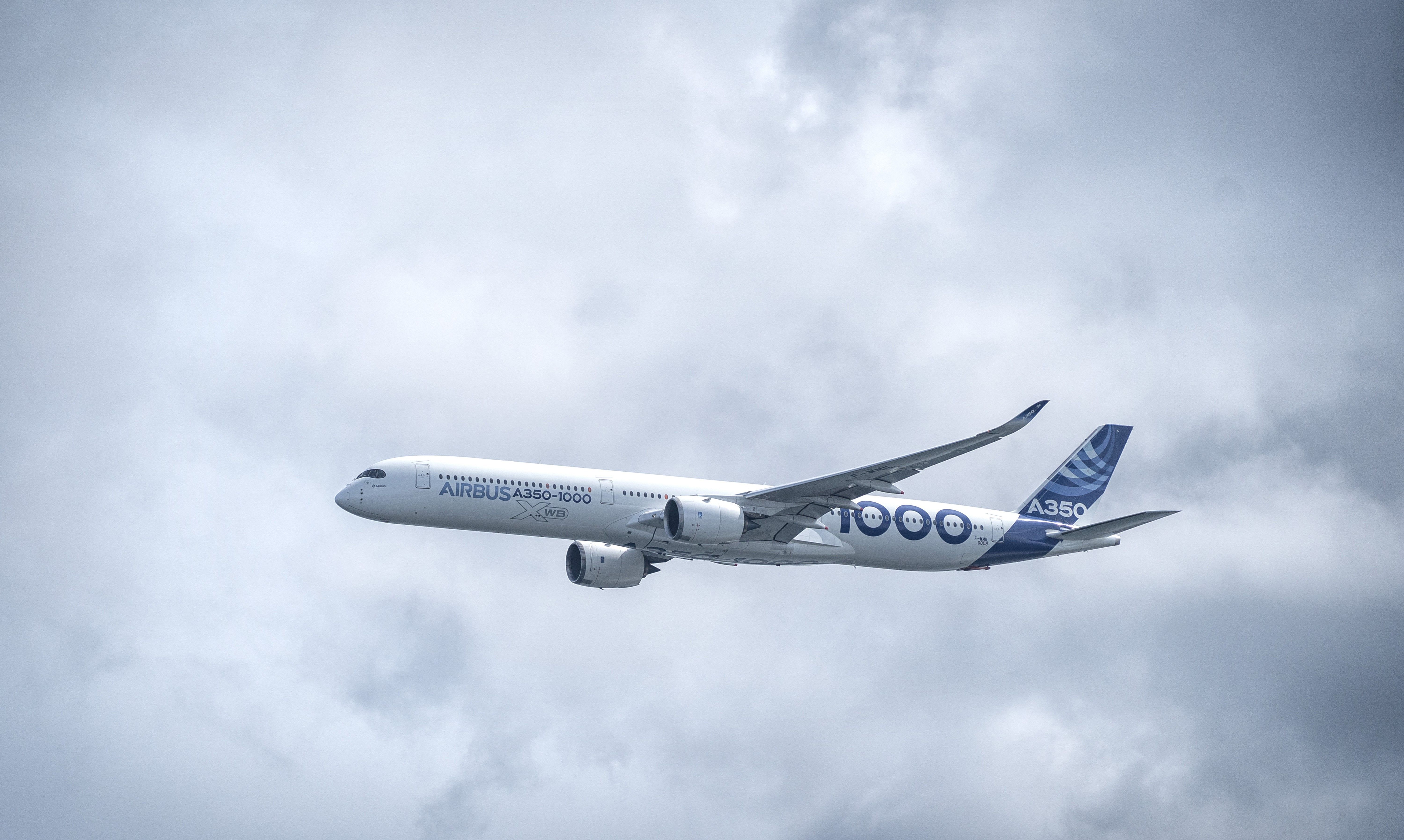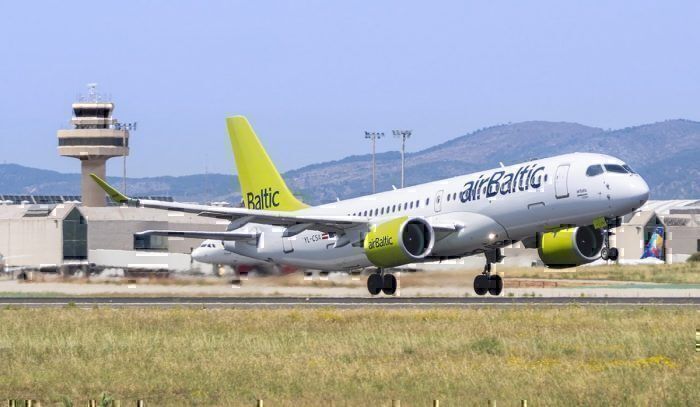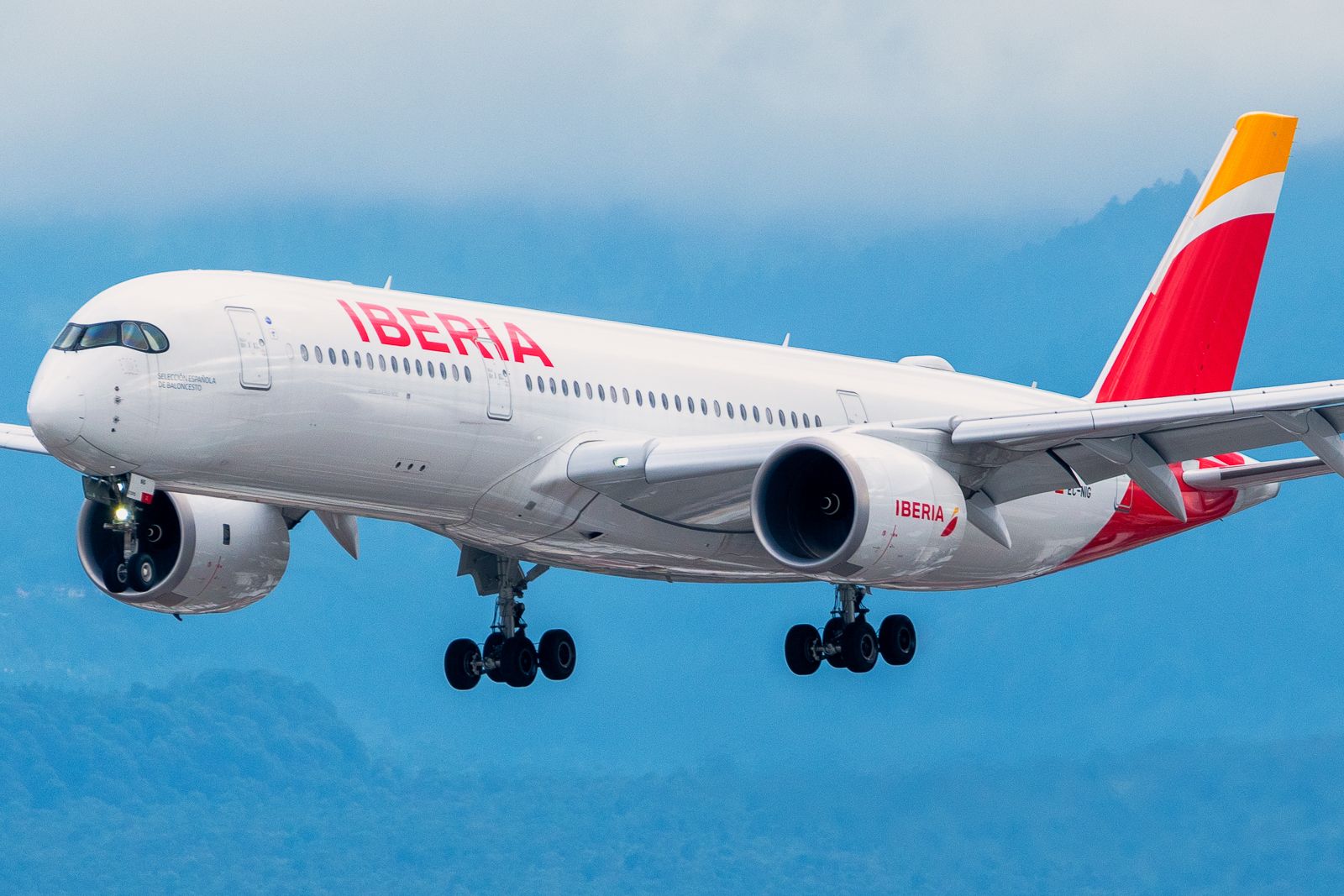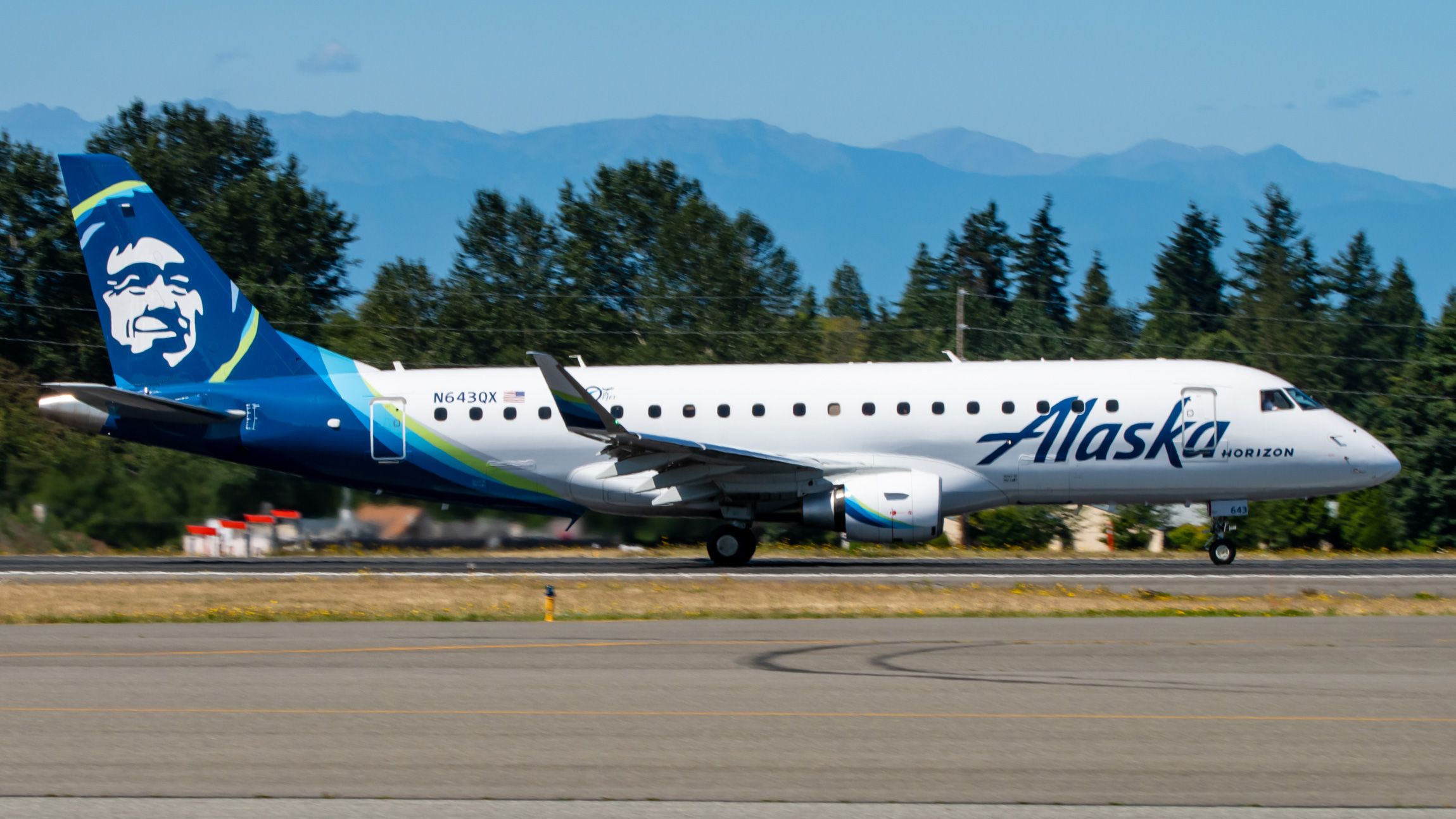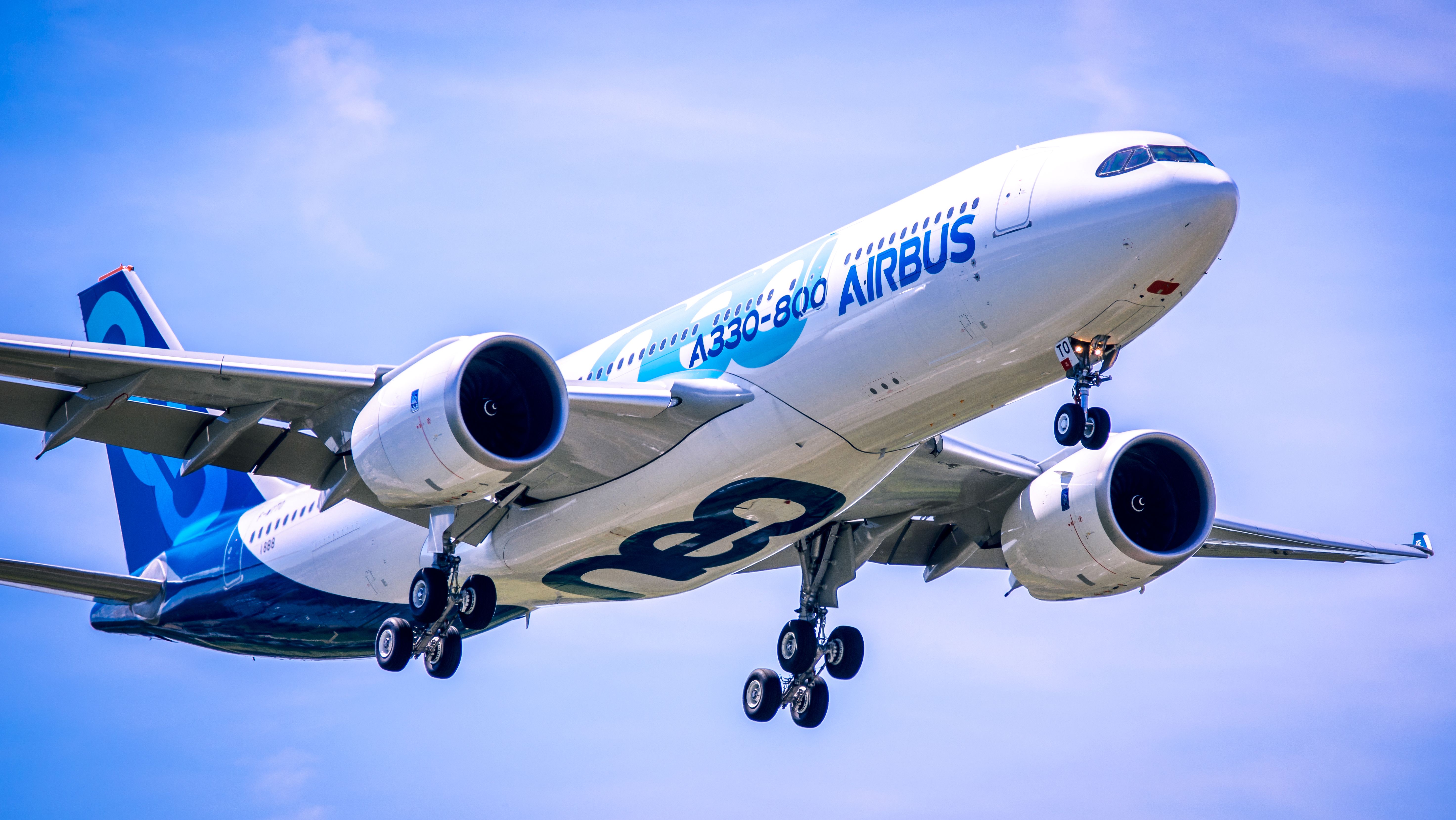This year has been a rollercoaster for aviation. The new year began on an uncertain note as the then-new Omicron variant spread at breakneck speeds. Towards the summer holiday season, passenger turnout was unprecedented, and airlines struggled to keep up with the demand. You might be dealing with the same sort of delays and cancelations if you traveled this winter season. But let us take a break from the main headlines to talk about industry happenings you may not have heard about in 2022.
What are Airworthiness Directives?
Airworthiness Directives (ADs) are notifications that inform owners and operators of certified aircraft of a safety issue with a model of aircraft, aircraft part, engine, avionics, or one of the many systems found onboard must be fixed. These notifications are issued by aviation regulatory authorities, for example, the European Aviation Safety Authority (EASA) or Federal Aviation Administration (FAA) in the United States.
Some directives are labeled as Emergency ADs and denote that a critical issue requires immediate action. One such AD was issued by Transport Canada back in late April.
Escape slide malfunction
According to Emergency Airworthiness Directive CF-2022-23, an investigation found an inflation valve safety pin installed on the nitrogen bottles for escape slides of Airbus 220-100s and -300s within a specific range of serial numbers. If not removed, the safety pin could prevent the deployment of the slides, severely impacting an emergency evacuation. A service bulletin was released, prompting operators to inspect passenger door escape slides and remove any inflation valve safety pins found.
Computer software issue
Approximately one week afterward, EASA issued AD 2022-0079-E. Simple Flying previously wrote about this directive, explaining how Airbus A350-900s and -1000s may have had incorrect PRIMary flight control computer (PRIM) instructions implemented as part of a service bulletin or modification. The error could potentially lead to a loss of control of elevator surfaces, which may result in the complete loss of control of the aircraft. Following this AD, Airbus developed a new PRIM software standard and issued a new service bulletin detailing how to install the software.
Wing tips are found prone to damage
Again in May, the Agência Nacional de Aviação Civil in Brazil sent a notice to owners of ERJ 175STD, ERJ 175LR, ERJ 175SU, and ERJ 175LL airplanes. As a result of an incident, the ANAC found that cracks could form on the wing tip connection point of the Embraer jets, damaging structural integrity to the extent of an in-flight detachment.
This issue could lead to the wing tip damaging another part of the aircraft, damaging private property, or potentially striking a person on the ground. As part of this AD, the ANAC provided instructions detailing how to inspect and perform maintenance on affected areas.
One leaky valve could result in a significant breakdown.
One leaky valve could spell trouble for the whole plane
In mid-August, EASA issued directive 2022-0170-E in response to multiple occurrences of leaking bleed system high-pressure valves on Airbus A330-800s and -900s. Investigators identified the root causes as valve clip failure and sealing ring damage. If such a valve leaks, it could prevent the pressure regulating valve from functioning normally, leading to abnormal pressure and temperatures, eventually resulting in damage to several systems and loss of control of the aircraft. This AD led to two further related directives as Airbus provided more maintenance actions and instructions over the following months.
.jpg) Autothrottle is not to be confused with autopilot
Autothrottle is not to be confused with autopilot
The last and most recent emergency airworthiness directive comes again from Transport Canada, similarly involving the Airbus A220-100 and -300. At the time this directive was issued, there had been 38 occurrences, of which two were nearly fatal, where the flight crew accidentally engaged the autopilot when attempting to engage the autothrottle late during takeoff. While engaging the autopilot below 400 feet above ground is prohibited, the control panel design of the A220 makes mistaking one for the other easy.
Since autopilot engagement is not inhibited during takeoff, it is possible to activate it before V1, causing an early rotation and potential tail strike. If there is no crew intervention, the autopilot-forced aircraft rotation may result in low-energy liftoff, leading to a stall or terrain collision. The directive required new limitations such that pilots are not to attempt re-engaging the autothrottle should it become disconnected during takeoff at any point above 60 knots and under 400 feet.
What do you think of these directives? Share your opinions in the comments below.

